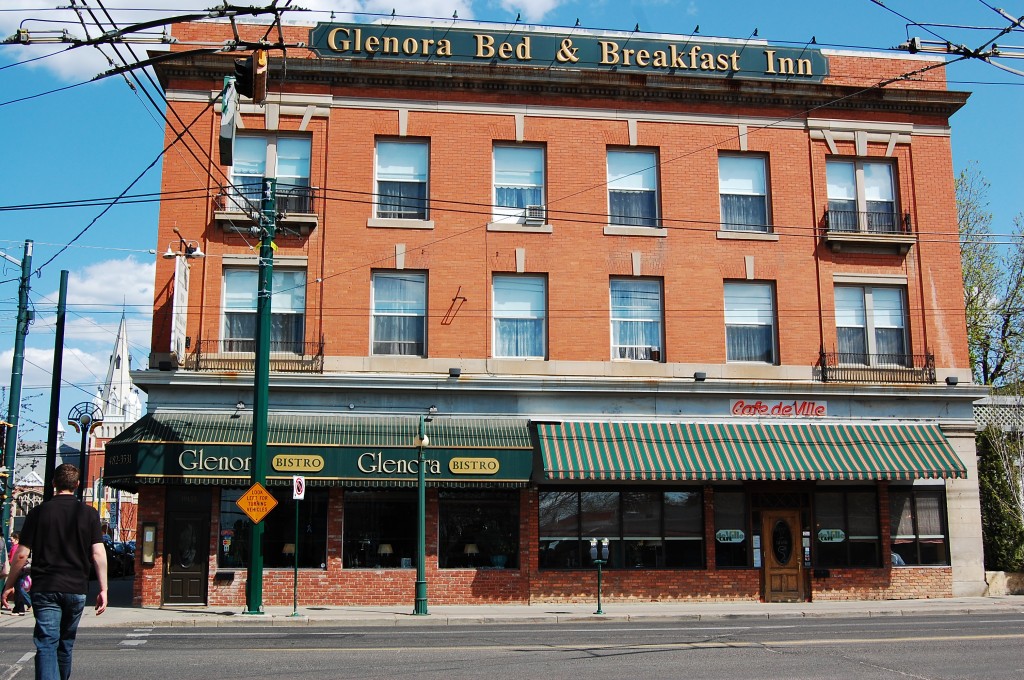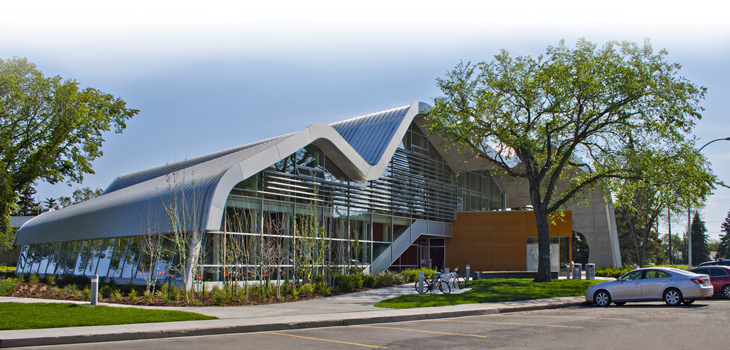Community Profile: Patricia Heights, Rio Terrace, and Oleskiw
Monday, April 21st, 2014All three of these stunning communities overlook the North Saskatchewan River Valley, providing easy access to walking and biking trails. Additionally, limited vehicular access lends to an ambiance of peaceful seclusion.
Though still considered a mature Edmonton neighborhood, the community of Patricia Heights is comparatively young, having not officially joined the city until 1964. Bordered on the north by Whitemud Drive, and on the east by 156 Street, the rest of Patricia Height’s boundaries are formed naturally by the curvature of the Patricia Ravine.
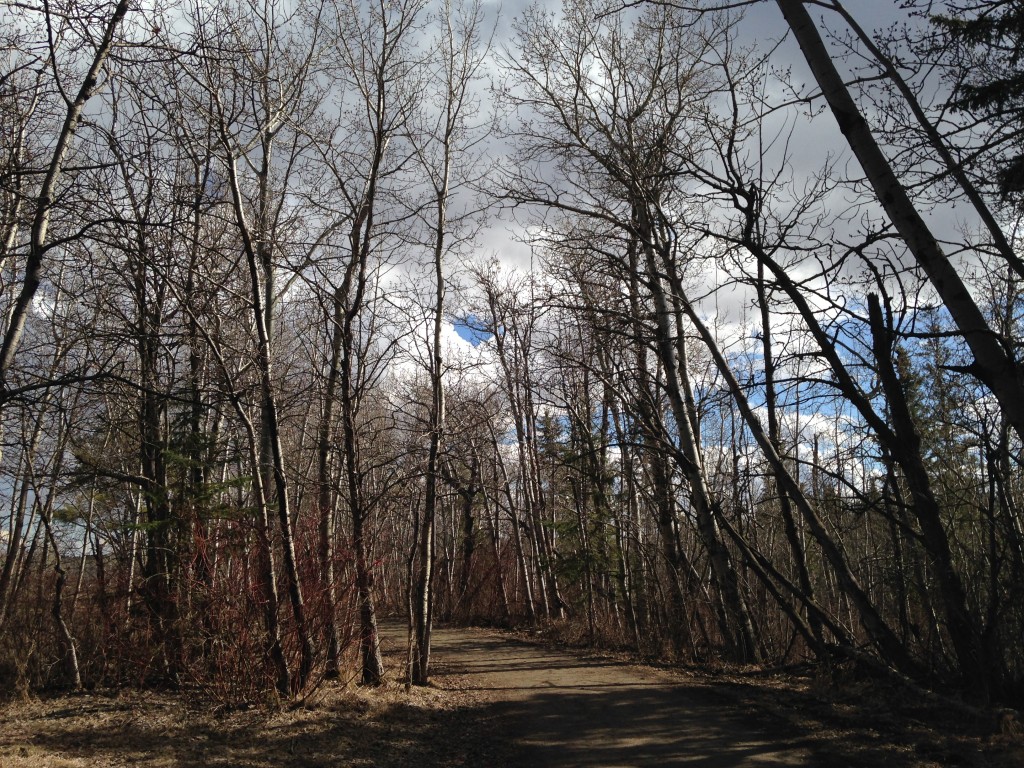 Patricia Heights Walking Trail Access
Patricia Heights Walking Trail Access
Named in honour of Queen Victoria’s granddaughter, the prominent area flourished in the late 1960’s, with it’s residential building projects entirely completed just a decade later. A mix of owner occupied and rental properties, approximately half the area is comprised of single-detached homes while the other half is made up of low and medium rise apartment buildings.
Families are attracted to the quiet, tight-knit community, with only two interchanges on 156 Street and on 159 Street to access Patricia Heights.
Adjoining the Eastern border of Patrica Heights, lies Rio Terrace, spanning from 156 Street to 149 Street, and Whitemud Drive down to the river valley. It shares many walking trails and green space features with Patricia Heights, as well as the same two access roads.
Construction on Rio Terrace started just a decade earlier in the 1950’s, and the entirety of neighborhood dwellings are single-family homes, approximately 20 percent of them rental properties. In 2010 the community underwent a major municipal revitalization. Renewals included roadway reclamation, streetlight upgrades, and sidewalk, curb, and gutter reconstruction.
The most notable feature of Rio Terrace is it’s active community league and strong volunteer program. The Rio Terrace Moravian Church is heavily involved, hosting a performance series of musical artists. A strong soccer program attracts young families, while the “Rio Gardens! Community Garden” program facilitates a sustainable food initiative; an incredibly important community value.
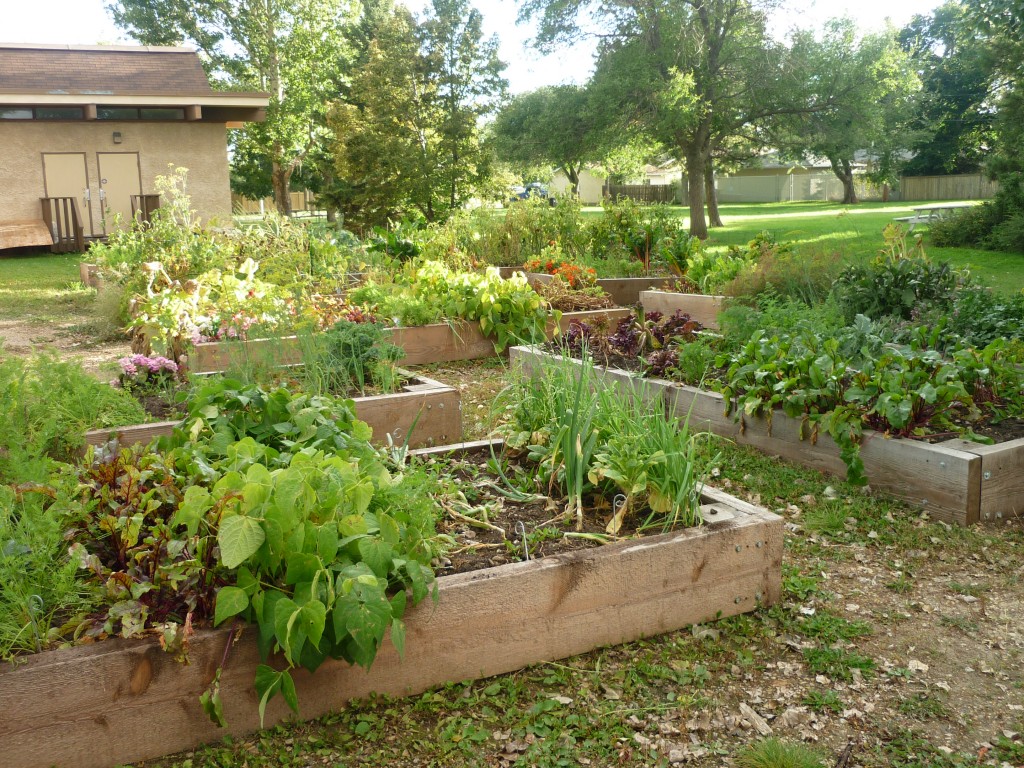 Rio Gardens sustainable food initiative.
Rio Gardens sustainable food initiative.
Rounding out these river valley communities is the affluent area of Oleskiw. Bordered on the west side by 170 street, Oleskiw is pocketed in the river valley on all other sides.
Though development on the area began in the 1970’s, it wasn’t officially declared complete until 2000, making the properties an eclectic mix of many decades of architectural tastes. With 90 percent of properties single-family dwellings, a few row houses round out the area, which is an entirely owner occupied neighborhood.
Highlights of this private, yet trendy area include the Edmonton Country Club and Golf Course, Sorrentinos, Starbucks, and the Marketplace at Callingwood, which includes the city’s largest Sunday farmer’s market.
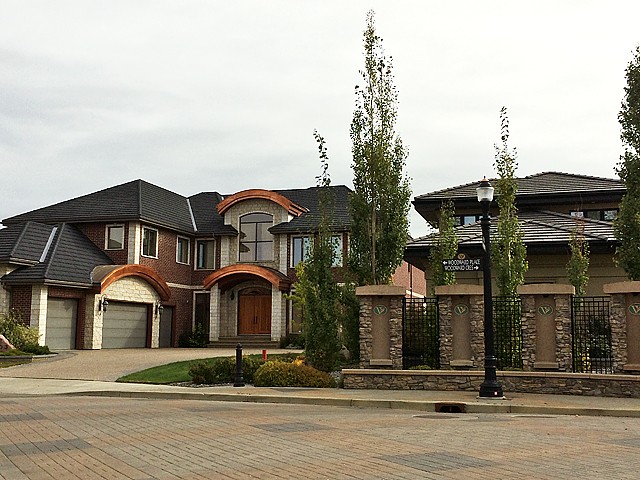 Homes in Oleskiw. Image Credit: yegishome.ca
Homes in Oleskiw. Image Credit: yegishome.ca
A notable geographic feature is the Oleskiw Treestand, a deciduous habitat for urban wildlife. Home to many birds and mammals, the treestand is included on many nature walks, and has been a protected area since 1978.
View available properties in: Patricia Heights, Rio Terrace, and Oleskiw.




